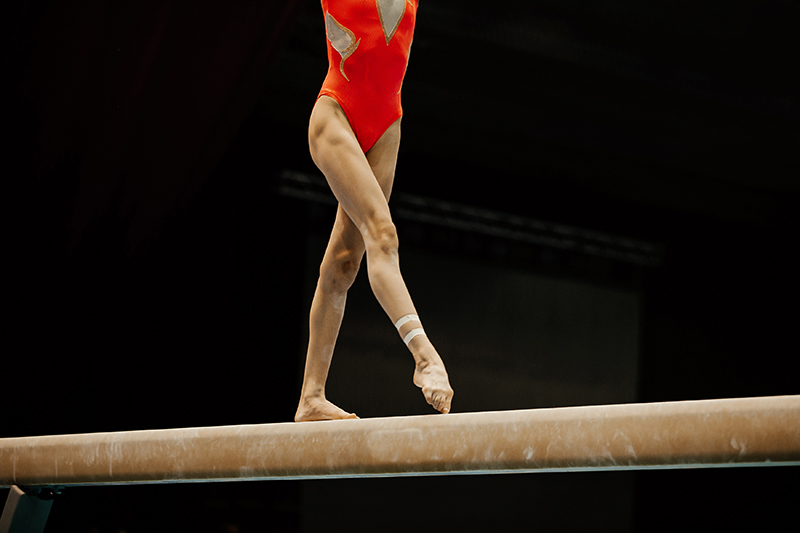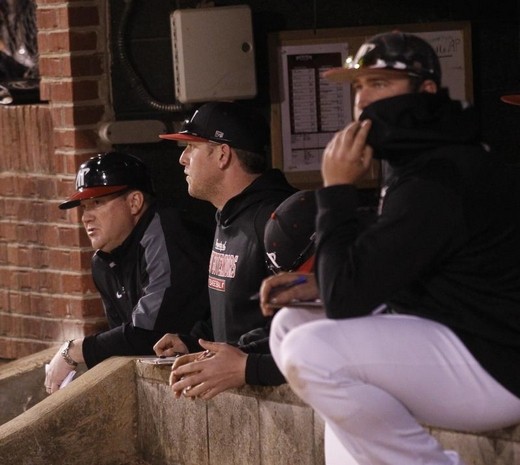
Everest Gymnastics recently allowed their coaches and staff to chat with us about safety in the gym. Here, we will share some of this insight, which also covers ways to improve on the road toward success in gymnastics.
Q: Thank you for taking the time to speak with us today. With the Olympics just about a year away, gymnastics has become a hot topic.
Everest Gymnastics: Absolutely! Though it seems there is plenty of time between now and then, the Olympics are on the forefront of our and our athlete’s minds every day.
Q: There is no doubt about that. We have asked to talk to you today so that we can share your expertise with our parents who have children interested in gymnastics. Specifically, we like to talk about safety and ways to improve form and skill.
Everest Gymnastics: Safety is absolutely and without question the number one priority of any gymnastics coach. We applaud you for wanting to put that information out to your readers.
Q: With that in mind, what are a few things you recommend to help keep young athletes safe?
Everest Gymnastics: First, we would suggest talking to their pediatrician. While gymnastics is certainly a sport available to all, it never hurts to discuss a child’s physical abilities and body composition before jumping, bending, and twisting.
Q: Absolutely, and we agree completely. Once a student does begin, what are some things they can do to condition themselves for action?
Everest Gymnastics: Exercise! Gymnastics is a very physically demanding sport, and improving your body, including your respiratory system, muscles, and joints, will make things that much safer, especially for young students or those who have never been particularly active.
Q: What about stretching? When you watch the Olympics on TV, you see athletes stretching quite a bit of on the sidelines. Is that something you recommend?
Everest Gymnastics: Without a doubt, yes. Students are encouraged to stretch before each class, and they can help keep their bodies in great shape if they stretch at home, especially after a warm shower.
Q: Looking at the pictures of Everest Gymnastics, we see you have quite a bit of equipment for student use. Do you have any recommendations on equipment for use at home?
Everest Gymnastics: We try to encourage our students to practice only when they are with an instructor. However, there are many pieces of fitness equipment that can come in handy since we do want our athletes to exercise and stretch on their “off” days. Your child’s pediatrician or coaches may be able to help you determine what pieces are best for age-appropriate physical conditioning.
Q: Let’s talk about injuries. Even with safety precautions, getting hurt is a possibility. How do you recommend that students get back into gymnastics after being out because of an injury?
Everest Gymnastics: Slow and steady. The body has a remarkable way of healing itself, but it needs time to do that. After a break, strain, or sprain, it is best to ease back into a routine. We would never encourage even an advanced athlete to begin full training on their first day back in the gym.
Q: Is it safe to learn gymnastics by watching YouTube videos?
Everest Gymnastics: That is sort of a double-sided question. On one hand, watching videos of other athletes can help students see how forms look when they are put together in a choreographed routine. On the other hand, the best way to learn gymnastics is to enroll in a class. This will allow your child the benefit of hands-on instruction and the chance to learn proper techniques.
Q: We appreciate you taking the time out to speak with us today, and you have given us a lot to think about. Thank you again.
Everest Gymnastics: Any time, and we only hope that any of the advice we have offered will benefit someone and help to encourage a lifetime love of gymnastics.
